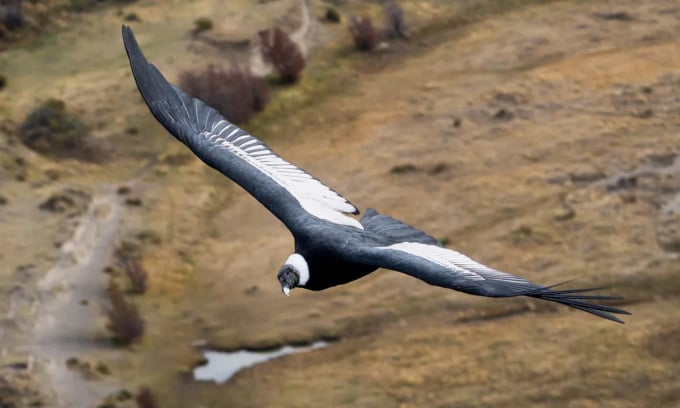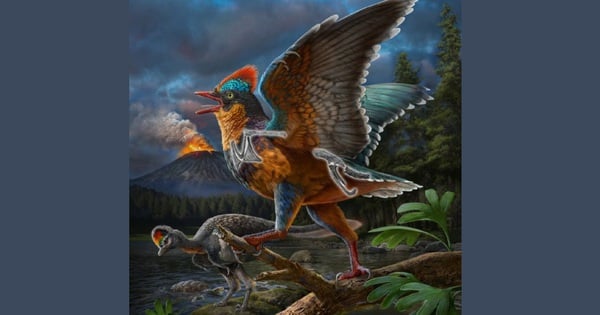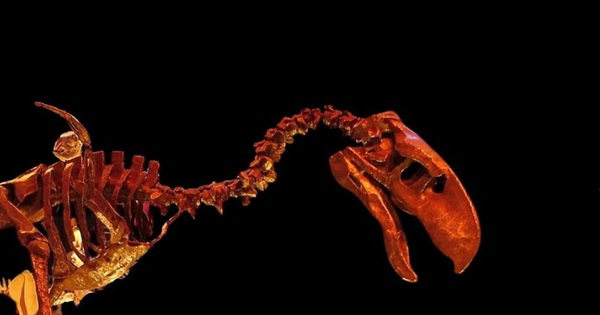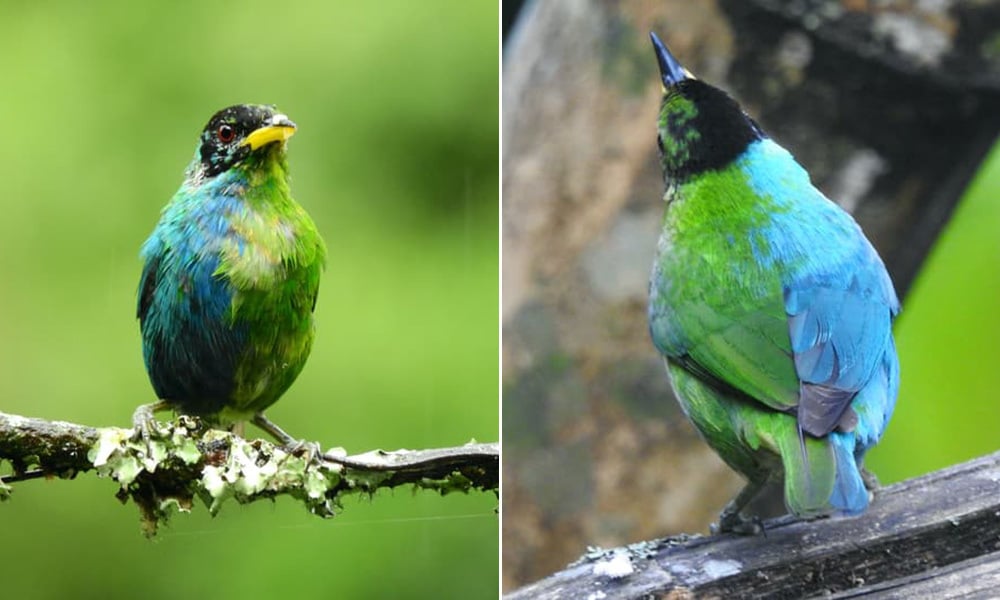Despite its massive body, the Andean condor holds the record for the longest flight using only air currents, without flapping its wings, for 5 hours.

The Andean condor is an expert at soaring in the sky. Photo: Lautaro Vidal
Birds can fly through the sky without much effort by hovering without flapping their wings. So which bird can maintain this state the longest? That title belongs to a giant creature in the Andes: the Andean condor ( Vultur gryphus ). They are truly enormous, weighing up to 15 kg (33 lb), making them the heaviest hovering bird in the world.
Such a heavy creature might seem like it would have a hard time getting airborne, but the Andean condor has a wingspan of up to 10 feet. Its weight is part of the reason it soars. With its massive body, flapping its wings a lot would require a lot of energy. Instead, the Andean condor uses thermal air currents to move through the air.
In a 2020 study published in the journal Proceedings of the National Academy of Sciences , a team of experts from Swansea University and the National University of Comahue reported tracking eight Andean condors for five years. They fitted them with GPS devices and wing-beat recorders. From this data, they discovered that they flapped their wings for only 1% of their flight time. This means they took the title from the albatross Diomedea exulans , which spends 1.2% to 14.5% of its flight time slowly flapping its wings.
Like the albatross, the Andean condors studied spent more than 75% of their wing time flapping during takeoff. The rest of the time, they avoided flapping, taking full advantage of wind and air currents. One of the birds studied even flew for five hours without flapping its wings, covering a distance of 172 km.
Weather did not appear to have much of an impact on Andean condor flapping. “This suggests that decisions about when and where to land are important, as not only do Andean condors need to take off again, but unnecessary landings add significantly to the ‘cost’ of flight,” explains study author Dr Hannah Williams of Swansea University.
It seems that it is not just old birds that can make such decisions, since all the birds in the study were juveniles. "Our results demonstrate that even inexperienced birds can fly long distances over land without flapping their wings," the researchers wrote.
Thu Thao (According to IFL Science )
Source link


![[Photo] Looking back at the impressive moments of the Vietnamese rescue team in Myanmar](https://vstatic.vietnam.vn/vietnam/resource/IMAGE/2025/4/11/5623ca902a934e19b604c718265249d0)




![[Photo] "Beauties" participate in the parade rehearsal at Bien Hoa airport](https://vstatic.vietnam.vn/vietnam/resource/IMAGE/2025/4/11/155502af3384431e918de0e2e585d13a)























![[Photo] Summary of parade practice in preparation for the April 30th celebration](https://vstatic.vietnam.vn/vietnam/resource/IMAGE/2025/4/11/78cfee0f2cc045b387ff1a4362b5950f)






























































Comment (0)